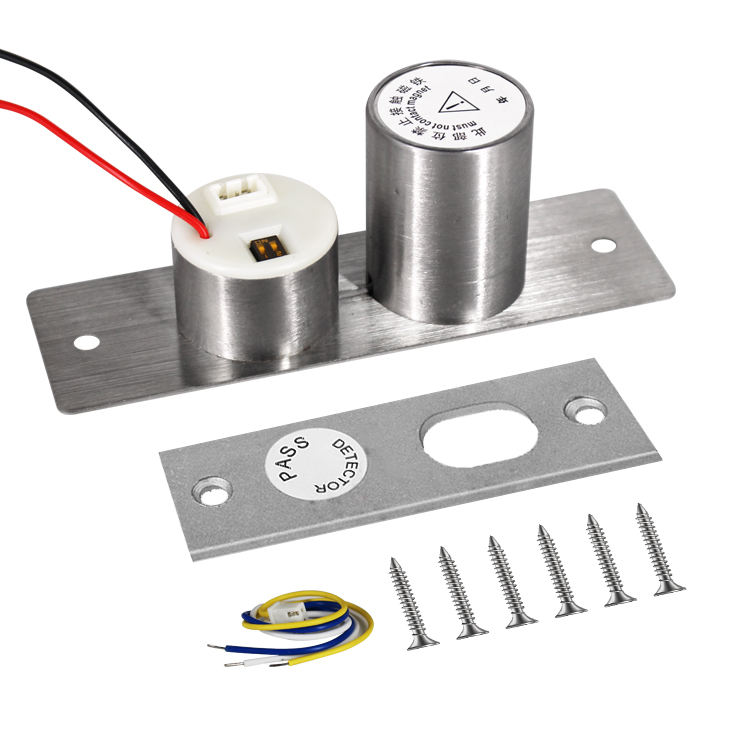How an electromagnetic lock typically works
2024-03-28
An electromagnetic lock, often referred to as an EM lock or maglock, is a type of locking device commonly used in access control systems to secure doors. Unlike traditional mechanical locks that rely on physical mechanisms like tumblers and pins, electromagnetic locks use the principles of electromagnetism to secure the door.
Here's how an electromagnetic lock typically works:
1. Components: An electromagnetic lock consists of two main components: an electromagnet and an armature plate.
2. Installation: The electromagnet is typically mounted on the door frame, while the armature plate is mounted on the door itself. When the door is closed, the electromagnet and the armature plate are in direct contact with each other.
3. Electromagnetic Force: When power is applied to the electromagnet, it generates a magnetic field. This magnetic field creates a strong attraction force between the electromagnet and the armature plate, effectively locking the door shut.
4. Access Control Integration: The electromagnetic lock is usually integrated into an access control system. Access to the secured area is controlled through methods such as keycards, keypads, biometric scanners, or remote controls. When an authorized individual presents valid credentials to the access control system, it sends a signal to the electromagnetic lock to release its magnetic hold temporarily, allowing the door to be opened.
5. Fail-Safe/Fail-Secure: Electromagnetic locks can be designed to operate in a fail-safe or fail-secure mode. In fail-safe mode, power is required to keep the lock locked, so if power is lost (e.g., during a power outage), the lock releases, allowing the door to be opened. In fail-secure mode, power is required to release the lock, so if power is lost, the lock remains locked, maintaining security.
Electromagnetic locks are popular in various applications where secure access control is needed, such as commercial buildings, government facilities, airports, and high-security areas. They offer advantages such as fast unlocking times, high holding force, and compatibility with various access control systems. However, they also require a continuous power supply to maintain their locking function, which should be considered during installation and system design.



